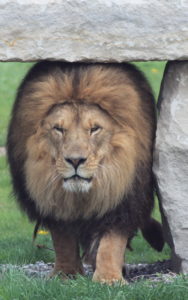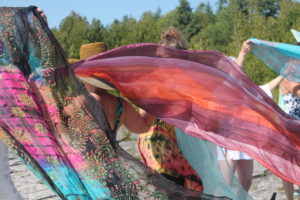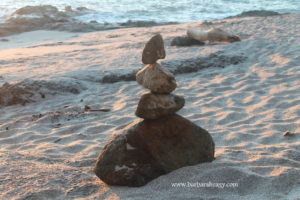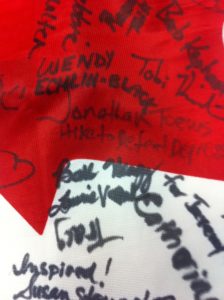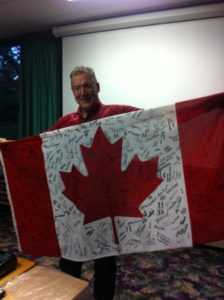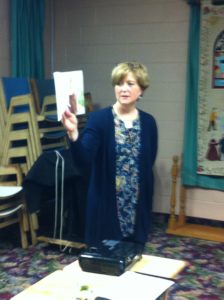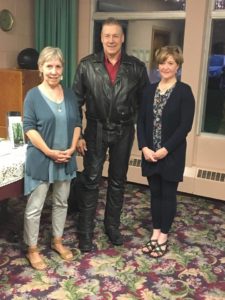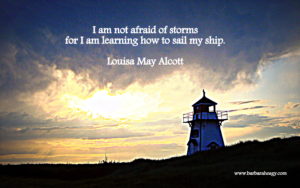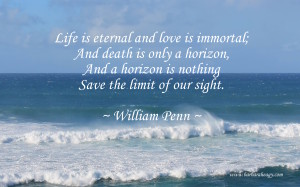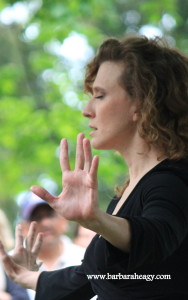Over a period of six years, I brought three lovely daughters into the world. Like any new mom, I was excited but nervous, unsure of most things, questioning all and fumbling my way along. Is there a sure-fire way to ensure we raise our children well? Probably not. But somehow, in the big muddling mess of raising them, my daughters did grow into strong, independent, loving, contributing women, making their own way in the world. Looking back, these were some of the things I managed to do right.
1. Talk, talk, talk. Listen, listen, listen.
Right from the beginning, (and that includes the baby years, the toddler years, the youngster years, those terrible teen years), I would talk with my children about anything and everything. No topic was off limits. Sometimes I heard things I didn’t want to hear, but at least they knew they could always come to me and share their thoughts and their lives. And that meant receiving what they had to say, judgement-free. Lower those eyebrows, bite your tongue, and stay open-minded.
2. Respect
That little crying baby is crying for a reason. It’s the only way he can tell you how he feels. That little 2-year old with her repeated questions, “Why? Why? Why?” is trying to figure out the world and her place in it. Children are little people, growing and changing, and making their way in the world, just like you and I. Respect each stage of development. It’s who they really are at the moment.
3. Be reasonable. Both of you.
Is it really necessary that your little one eat every single bite of that spinach? No, not every time. Is it really necessary that he get to bed at a reasonable bedtime? Yes, otherwise you have one grumpy kid on your hands the next day. Pick your battles. You don’t have to win them all.
4. Learn the Art of Negotiation
“Mom, can I stay out till midnight?”
“No, I want you home by 10:00.”
“Aw. 11:30?
“9:30.”
“11?”
“9:00.”
“10:30?”
“8:30.”
“Fine. I’ll be home by 10.”
5. “Some” is good enough
“Mom, I don’t want to eat my squash.”
“Okay. You don’t have to eat it all. But I want you to eat two big teaspoons of it. That’s all.”
“There you go. You did one. One left. That’s all.”
“You did it! Good for you.”
Any kid can get through anything if it’s in small enough bites.
And that refers to everything, not just eating your supper.
6. “I will help you.”
A big job that seems overwhelming can be made simpler with helping hands. Teamwork is valued even in our adult world.
7. Play, Laugh, Be Silly
Be a kid yourself. We’re never too old to play.
8. It’s all about the journey.
Life is a process, not a product. Enjoy the process of any activity. Don’t just focus on the final product or goal.
9. Be a good example
It’s not a good idea to tell your teenager that they shouldn’t smoke while you’re standing there with a cigarette in your hand. “Do as I say, not as I do” is probably not the best way to raise your child. Be a good role model, yourself.
- Challenge your child. Within reason. (Remember #3)
Push gently. Help only as needed. Guide to correct answers.
Praise the accomplishments no matter how small.
During an Easter Egg Hunt, my little 2-year old was really having a difficult time finding that last egg. While her back was turned I dropped it to eye level. She still missed it. Next time her back was turned I dropped it right out in the open, so she couldn’t miss it. Then we praised her to the hills when she announced, “Yay! I found it!”
- Balance. Life is a balancing act.
Mind, body, spirit. Work, play, eat, learn, talk, pray as a family.
- Celebrate
Celebrate the small stuff. Be generous in your approach to life.
Birthdays and holidays are important, but so is the last day of school, the dog learned to sit up and “I got a goal!”
- I teach you. You teach me.
Recognize that your children can teach you as much as you can teach them. Life is a constant road of discovery. For both of you.
- Challenge yourself. Always do your best. Know your limits.
It’s okay to not have all the answers. It’s okay to fail.
It’s okay to make mistakes. They lead to what’s right.
- Unconditional Love
Be open-minded. Accepting. Non-judgemental.
Unconditional love is yours no matter what you do.
It’s a free and tightly-bound contract between you and I.
“I’ll love you forever.
I’ll like you for always.
As long as I’m living,
My baby you’ll be.”
Robert Munsch
- Live large.
“Live well, laugh often, love much.”
Share your wealth and talents with a generous spirit.
- Be positive. Live optimistically.
- Resilient people are survivors.
Be brave. Have courage. Turn and face the lions. You’ll find they’re not half as scary as you thought they were when you look them in the eye. Roll with the punches. Take baby steps. You will get through this. No matter how bad it seems “This, too, shall pass.”
- Detach
Know that we each have our own journey, our own lives to create. I, as your parent, can be there for you, but I am only a cheerleader watching you run your own race.
You are not a reflection of me. You don’t have to please me to feel that you have made it. And, vice versa, I have not failed you, if you fail.
Just remember, I will always love you in spite of whether you win, lose, fail or achieve in life.
- It’s not about you. It’s about them.
We all need a place to shine, to find a glory that is our own.
The world is a generous place of opportunity. There is enough to go around for all of us. Give your child opportunities to shine, even if they’re not that good. You never know what they will become.
In conclusion, even when we think our children have fallen away, be strong as a parent, be patient, be there for them whenever the opportunity arises, love them unconditionally. That tattooed, punctured, wild-haired, mouthy teenager will return to the real world and come out the other side sooner or later. Life will continue to teach them even after they have left the nest. Be the rock that they can return to over and over again in their life journeys.
Good luck. Parenting won’t be easy but it sure will be worth it!
